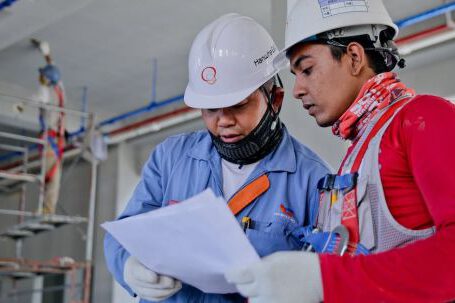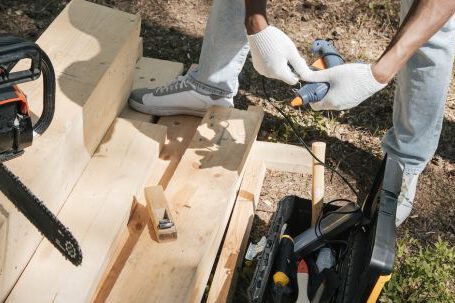In the construction sector, safety is always a talking point — on every job site, in every toolbox talk, and on every compliance checklist. But despite this, injury rates remain stubbornly high. It begs the question: if we’re talking about safety all the time, why aren’t things improving faster?
Part of the issue may be that while we talk about safety, we don’t always act on the data that tells us where the biggest risks lie. With modern technology capturing more incident information than ever before, there’s no excuse for relying on assumptions. The statistics are there — we just need to listen to them.
Why Construction Remains a High-Risk Sector
The construction industry consistently ranks among the most dangerous sectors for workplace injuries and fatalities. With its physical demands, mobile worksites, and reliance on heavy equipment, this is perhaps unsurprising. But high risk doesn’t have to mean high incident rates — and yet, they persist.
Among the most common causes of injury are:
-
Falls from height
-
Struck-by incidents involving vehicles or machinery
-
Electrical contact
-
Manual handling injuries
-
Repetitive unsafe behaviours
These issues aren’t new — and they’re certainly not unknown. So, what’s going wrong?
The Gap Between Policy and Practice
Most companies have safety protocols in place. But often, there’s a gap between what’s on paper and what happens on-site. In fast-moving environments, short-term pressures can override long-term safety thinking. Corners are cut, safety briefings get shortened, and near-misses are shrugged off.
That’s where data can help bridge the gap.
What the Numbers Are Really Telling Us
According to this health and safety report by Protex AI, a striking 78% of safety professionals believe that most incidents could have been prevented with better behavioural insights. This reflects a shift in thinking — from blaming faulty equipment to understanding how people interact with risk.
The same report shows that:
-
Nearly 1 in 3 injuries happen within an employee’s first year — indicating issues with onboarding or training
-
More than 60% of incidents are repeat events — meaning lessons aren’t being effectively learned or applied
-
Over 70% of safety teams feel their reporting is too reactive — highlighting a lack of predictive insights
For an industry with high turnover and project-based work, this kind of information should be front and centre in planning conversations — not buried in quarterly reports.
The Role of Behavioural Safety
It’s becoming clear that traditional safety controls — like signs, barriers, and PPE — are necessary but not sufficient. Human behaviour is a critical part of risk. If someone is tired, distracted, or unaware of best practice, they are far more likely to make a mistake.
To address this, many contractors are beginning to invest in behaviour-based safety programmes that track:
-
Risky habits, like working at height without proper anchorage
-
Missed checks or rushed procedures
-
Inconsistent use of PPE
-
Near-miss patterns across teams or shifts
With the help of AI and analytics tools, these behaviours can now be monitored passively and in real time, giving safety teams actionable insight.
From Reporting to Prevention
A major limitation of traditional incident reporting is that it only works after something goes wrong. And even then, reports may be vague, inconsistent, or subject to bias.
Modern safety systems aim to flip that dynamic. They use technology to spot unsafe actions — like entering exclusion zones or lifting without assistance — as they happen. This allows teams to intervene before injuries occur.
Some of the best-performing systems are now using AI to:
-
Recognise behaviour patterns from camera feeds
-
Alert supervisors to high-risk movements
-
Track compliance trends across contractors
-
Benchmark safety performance across multiple sites
It’s a significant upgrade from paper logs and toolbox talks — and it’s one that many construction firms are starting to embrace.
Why Safety Data Should Influence Project Planning
For engineers, site managers, and project leads, safety is often treated as a separate concern — something the health and safety officer handles. But in truth, safety should influence everything from how a job is scheduled to how scaffolding is designed.
When companies use safety data early in the project lifecycle, they can:
-
Identify high-risk activities and schedule them with extra resources
-
Design walkways and zones with better visibility
-
Allocate more experienced staff to complex tasks
-
Plan training that targets the most common behaviour-based risks
It’s not just about reducing injuries — it’s about building safer systems from the ground up.
Final Thoughts: Stop Guessing, Start Measuring
The construction industry will always involve some level of risk. But that doesn’t mean we should accept high injury rates as part of the job.
By using modern safety data — like the insights shared in the Protex AI report — site managers and business owners can make smarter decisions that genuinely protect their people. The information is there. We just need to act on it.




